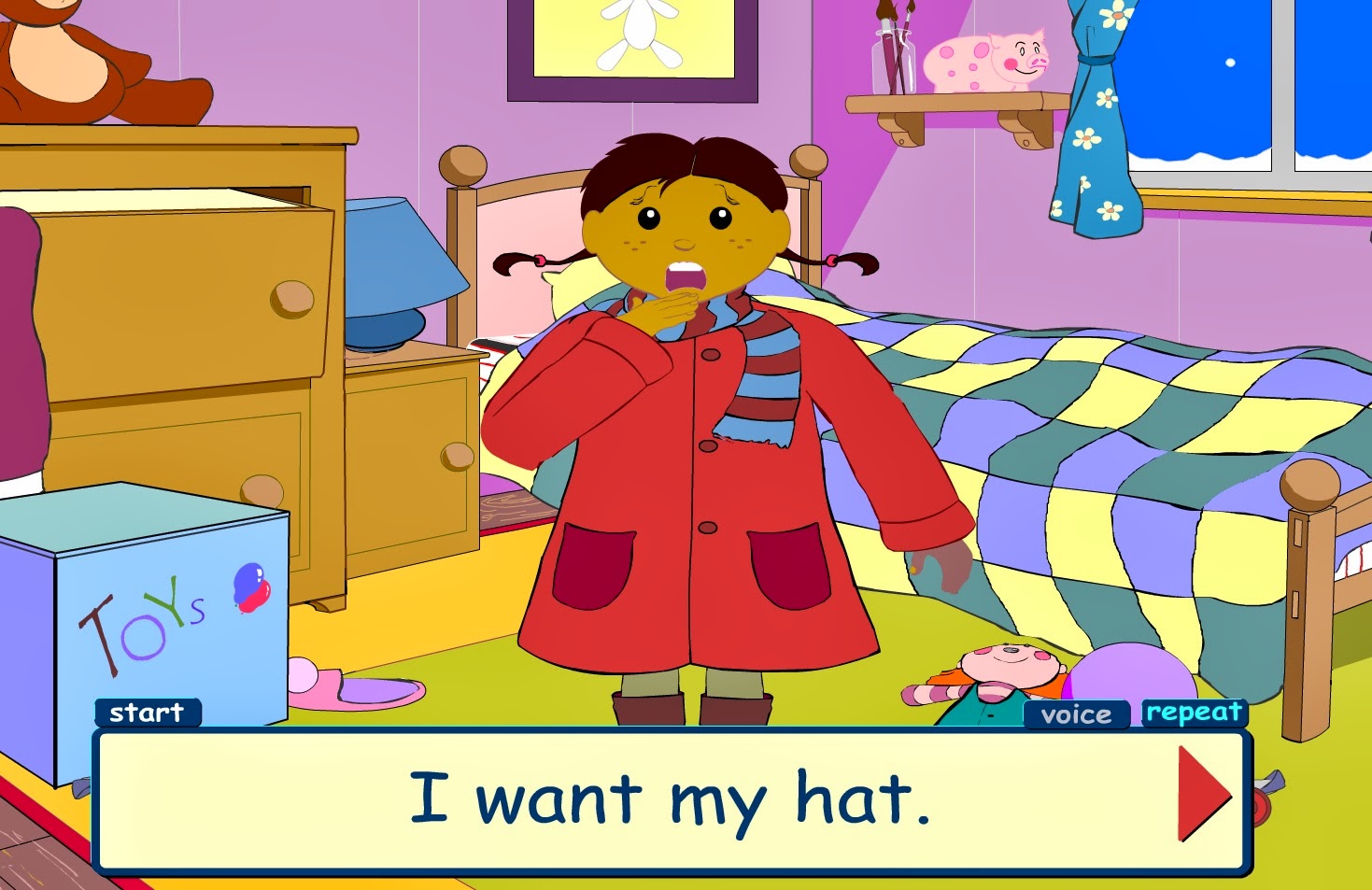Heads and Tails Games:
Using Coins to Help Kids Develop Math Concepts
At home, most kids have coins available. Kids are highly motivated to learn about money! So - I love to use coins in math games.
Heads and Tails is probably my all-time favorite math game. Here are a couple variations that kids love to play at school and then go home and teach their families. It is so flexible - kids can learn to play as they are learning to count and keep on playing variations of the game as they learn increasingly complex math skills.
Basic Game - Getting Started with Counting Pennies: Kids work with partners. To start, one partner calls heads or tails. The other partner drops the coins (either from his/her hand or out of a cup). The child who has heads works with all the coins that land on heads. The child who has tails works with all the coins that land on tails. Each student counts his/her coins and the student with the coins having the highest value wins the round.
As our Pre-K parents come in for orientation, we suggest this as a great game to play while waiting at the doctor's office, etc.
Addition within Ten: Kids repeatedly play with a given number of coins. They write the addition fact for each round.
Adding More Coins: We start with all pennies, then add additional coins as students are ready for the challenge. (Playing with all dimes is a great way for kids to practice counting by tens!)
Comparing Numbers: As kids learn about <, > and = , we add a whiteboard and kids write their problem.
Working with Two Digit Addition: When we work with 2 digit addition, kids work with coins worth one dollar. They play Heads and Tails, then add their collections to make sure they each counted accurately. (If their total is not equal to $1.00, they re-check their work.)
I hope you find these games useful. Thanks for stopping by! Anne






















































